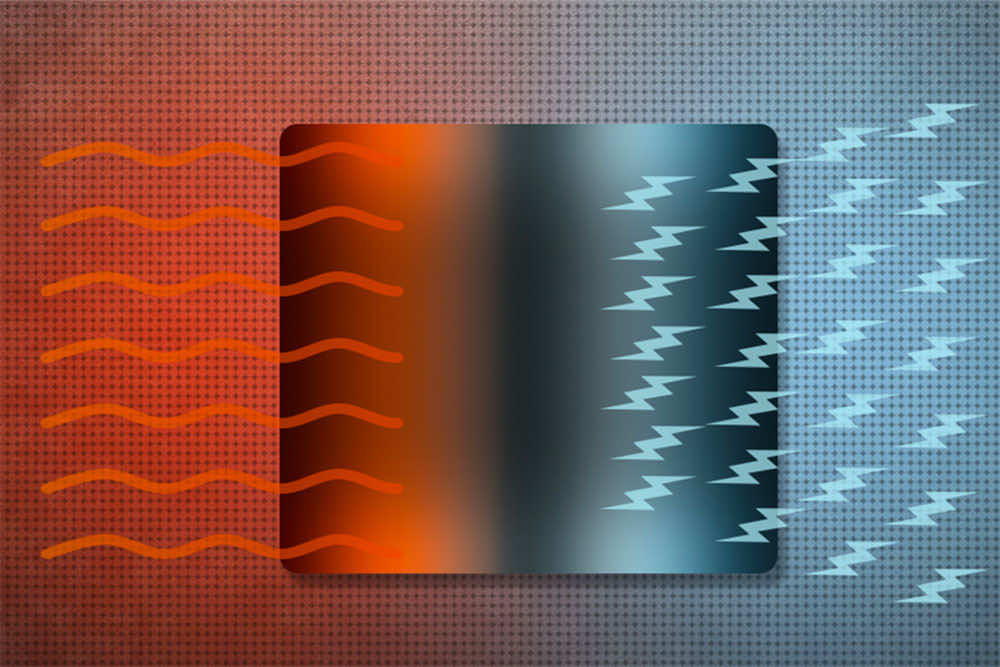Research led by the University of Liverpool has revealed a new inorganic material with the lowest thermal conductivity to date. This research is a step closer to discovering new thermoelectric materials that are significant for a sustainable society.
According to Journal Science, this finding is a quantum leap in regulating heat flow at the atomic scale, attained by materials design. As a result, it provides a comprehensive view of energy management. In addition, it will speed up the expansion of new materials for heat conversion to power.

The research team, led by Professor Matt Rosseinsky at the University’s Department of Chemistry and Materials Innovation Factory and Dr Jon Alaria at the University’s Department of Physics and Stephenson Institute for Renewable Energy, created the new material so that two shared arrangements of atoms slow down the speed of heat through the structure of a solid.
The mechanisms responsible for the reduced heat in each of these two arrangements were identified by researchers by measuring two diverse structures’ thermal conductivities, and one of them contained desired arrangement.
These mechanisms are hard to combine in a single material as the arrangement of atoms must be closely monitored. During the research, it is expected to get middling physical properties of the two components. With appropriate chemical interfaces between each of these different atomic arrangements, the team empirically fused a material represented as yellow and blue slabs in the image below.

This new material features lower thermal conductivity than either of the parent materials with a single arrangement. This result demonstrates that the properties of the whole structure are superior to the two distinct parts.
If we suppose the thermal conductivity of steel is 1, then a titanium bar is 0.1, water and a construction brick is 0.01, the new material is 0.001, and the air is 0.0005.
Nearly 70% of all the energy produced worldwide is wasted as heat. Therefore, low thermal conductivity materials play a pivotal role in waste reduction and are considered a source of clean energy.

Professor Matt Rosseinsky said: “The material we have discovered has the lowest thermal conductivity of any inorganic solid and is nearly as poor a conductor of heat as air itself. The implications of this discovery are significant, both for fundamental scientific understanding and for practical applications in thermoelectric devices that harvest waste heat and as thermal barrier coatings for more efficient gas turbines.”
Dr Jon Alaria said: “The exciting finding of this study is that it is possible to enhance the property of a material using complementary physics concepts and appropriate atomistic interfacing. Beyond heat transport, this strategy could be applied to other important fundamental physical properties such as magnetism and superconductivity, leading to lower energy computing and more efficient transport of electricity.”


